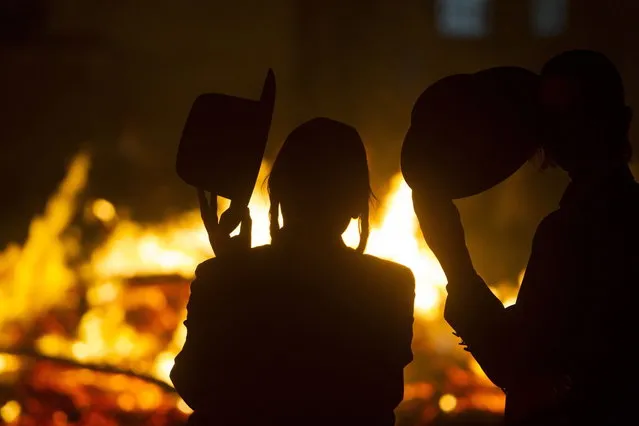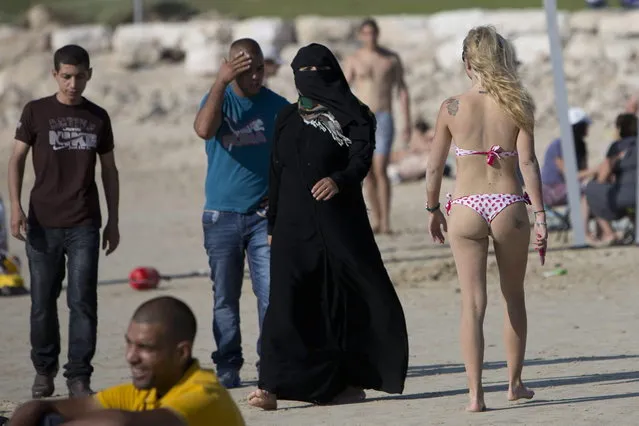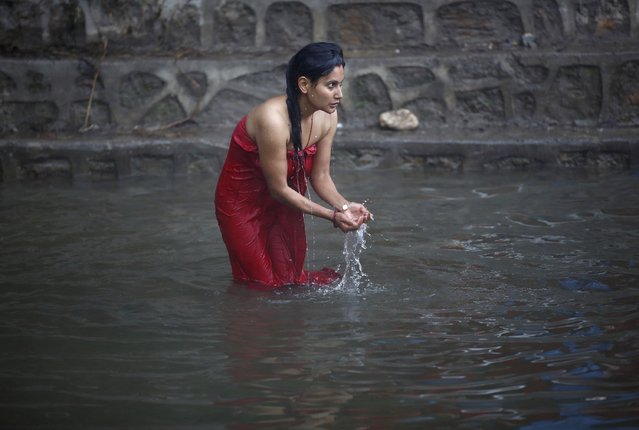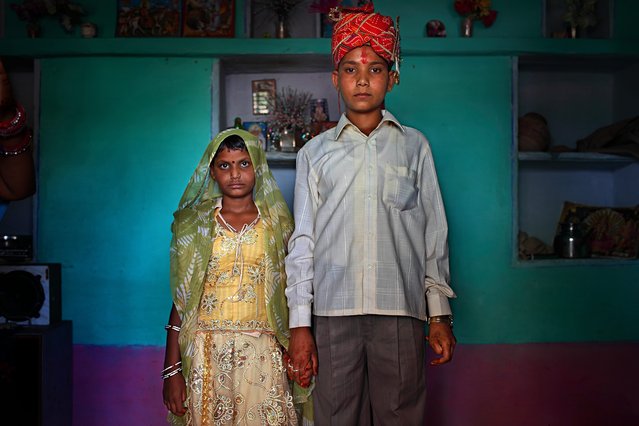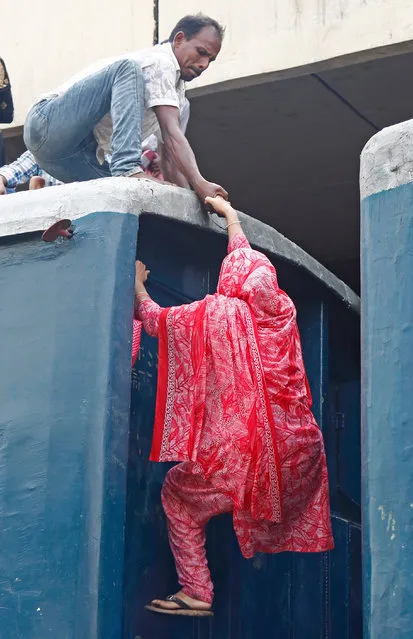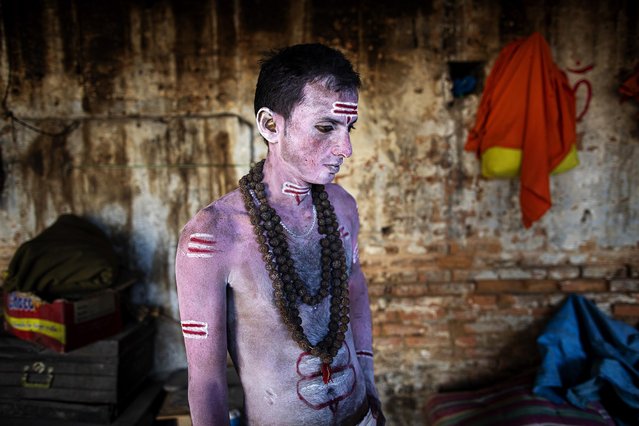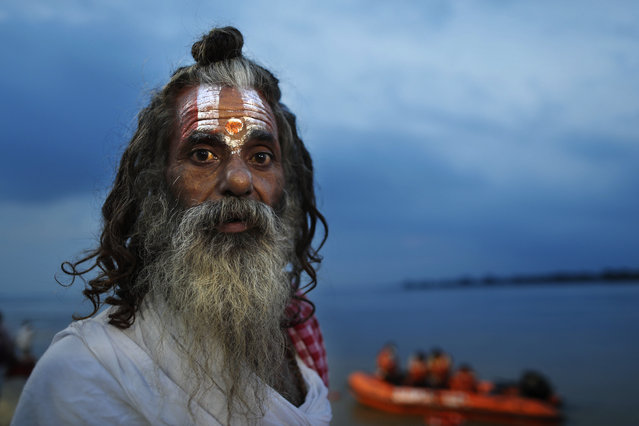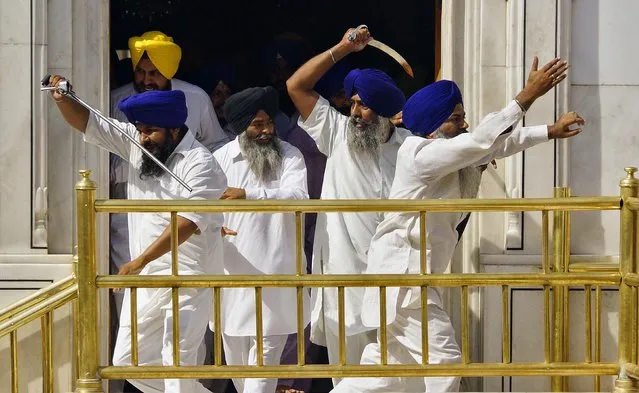
Sikhs wield swords during their clash inside the complex of the holy Sikh shrine, the Golden Temple, in Amritsar June 6, 2014. Sikhs wielding swords clashed inside the compound of their religion's holiest shrine on Friday, the 30th anniversary of a controversial raid by security forces that flushed out separatist militants holed up in the temple. REUTERS/Munish Sharma
07 Jun 2014 10:33:00,post received
0 comments

